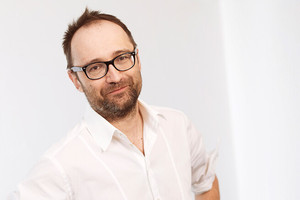
Keywords
Clinical Conditions
Equipment & Techniques
The Keays lab exploits cerebral organoids, advanced light microscopy, single cell sequencing, CRISPR-Cas9 genome editing, and in vivo genetic tools to investigate important questions in developmental and sensory neurobiology. We do this by relying on creative experimental design, that is complemented by a reductionist mindset that pays unrelenting attention to detail. We are interested in: (1) How mutations in microtubules and their associated proteins cause neurodevelopmental disease?; (2) Why do monotremes have different brains and senses? and (3) How do animals detect magnetic fields? We promote an egalitarian atmosphere in the lab; your ideas are more important that your title or position. We strongly believe that interacting with people from different backgrounds promotes innovation, excellence, creativity and makes life more interesting.
Histological Section of a Cerebral Organoid
